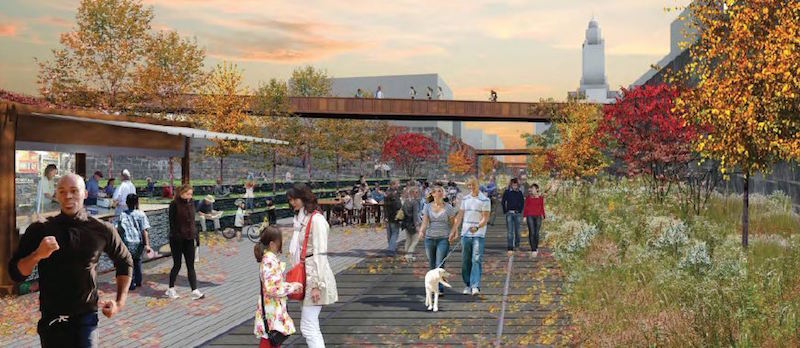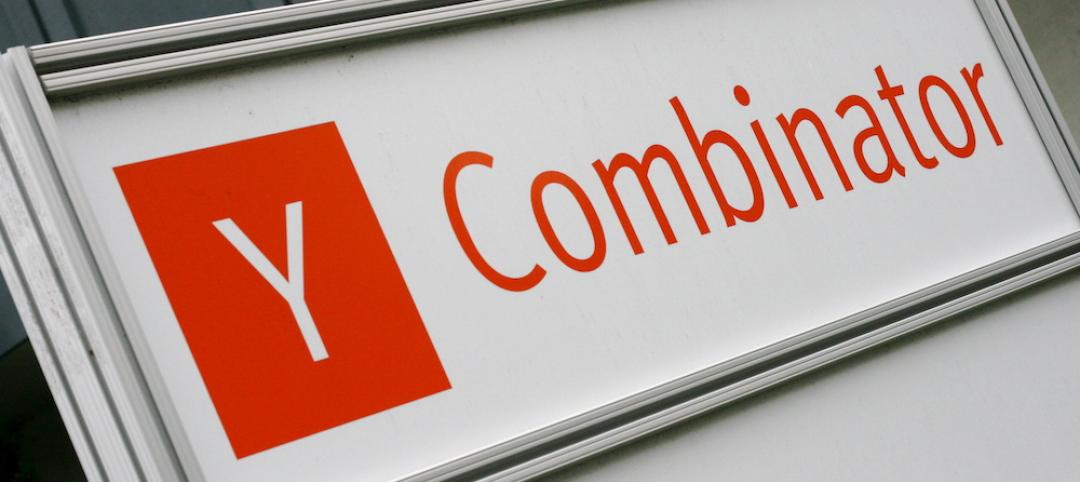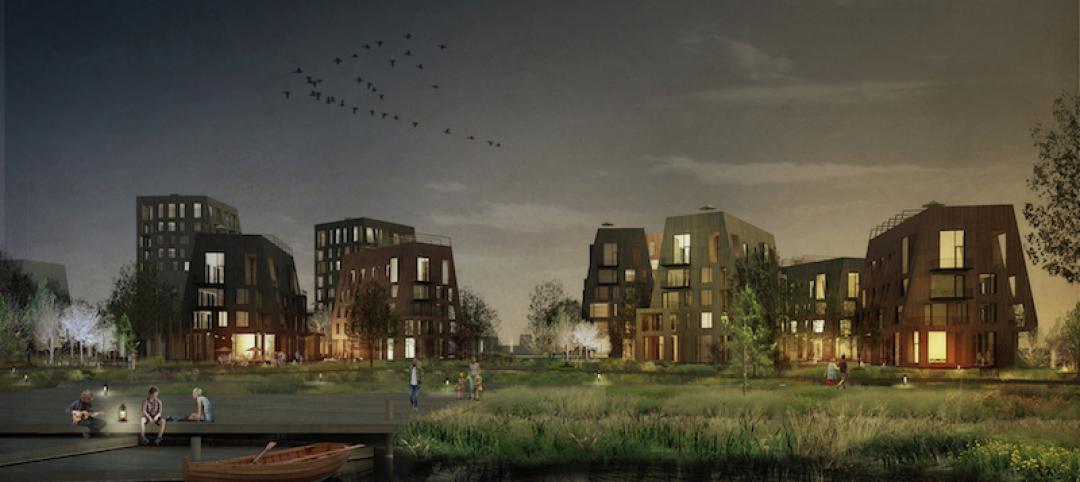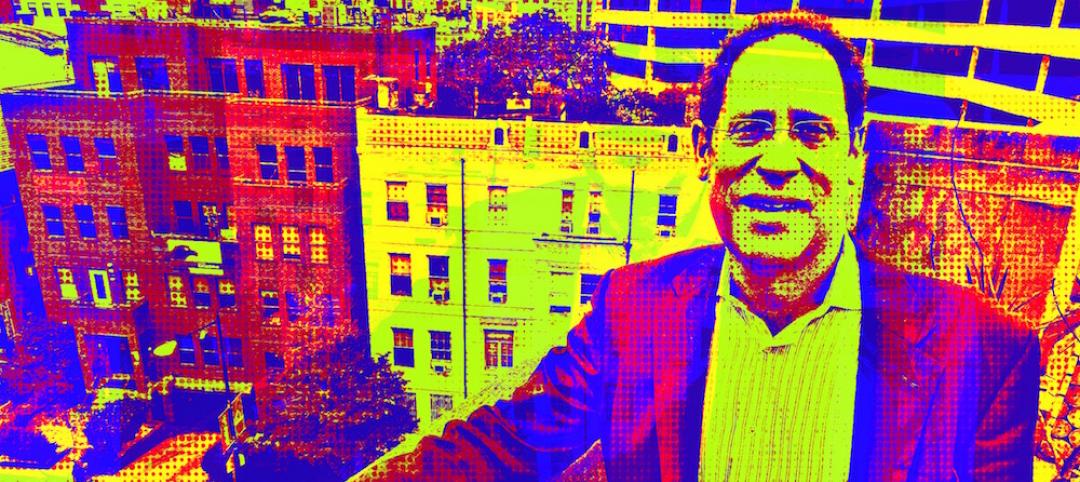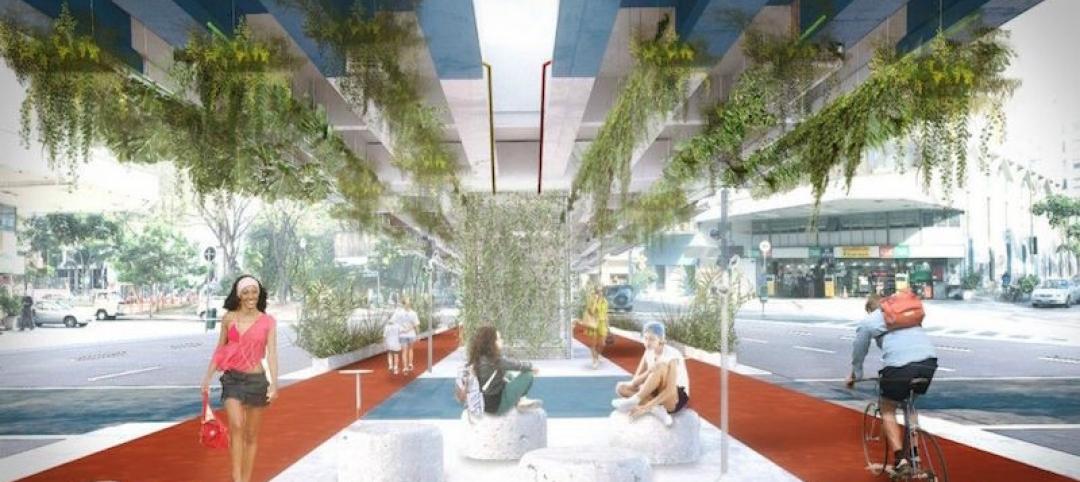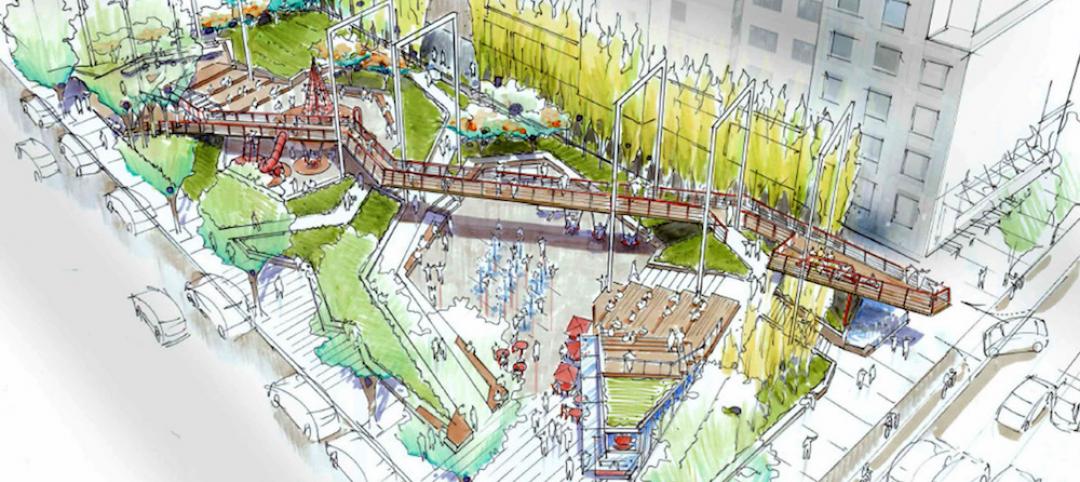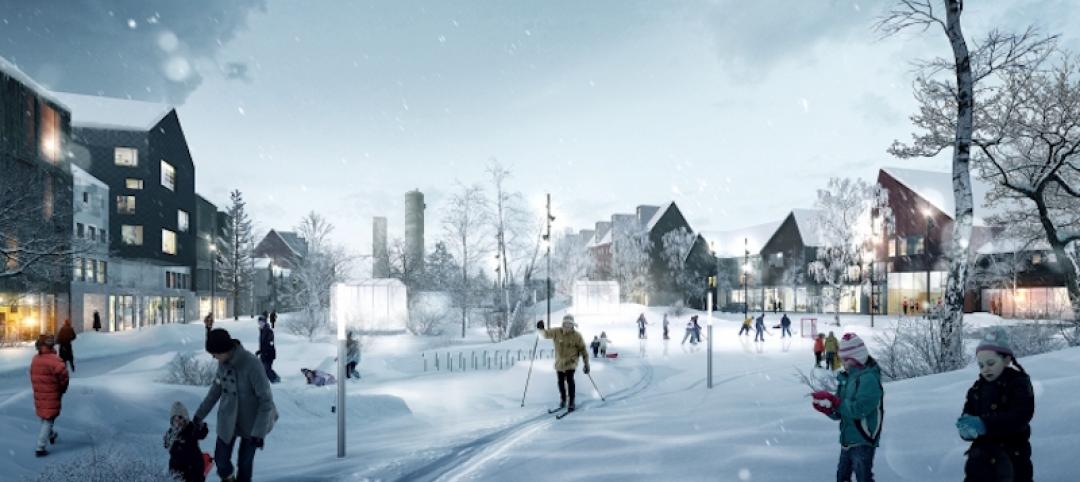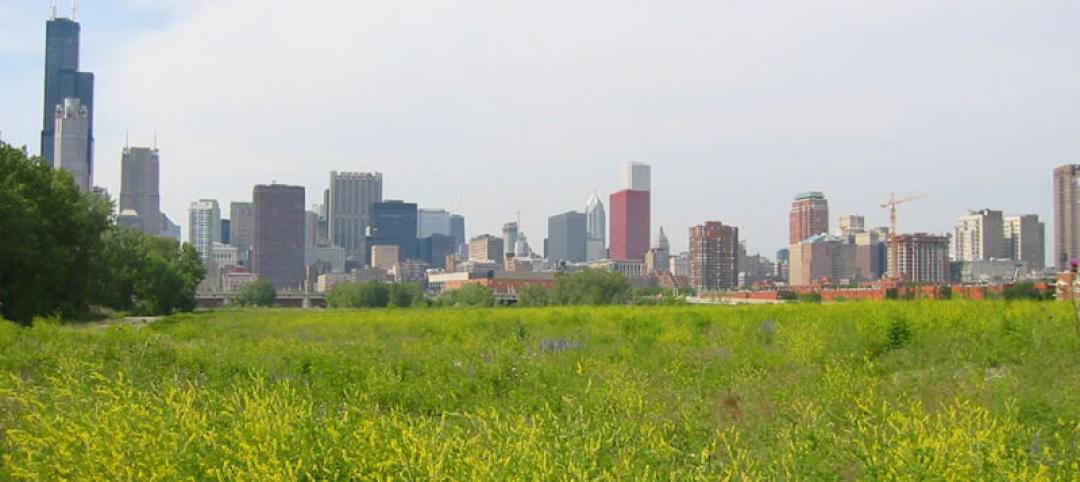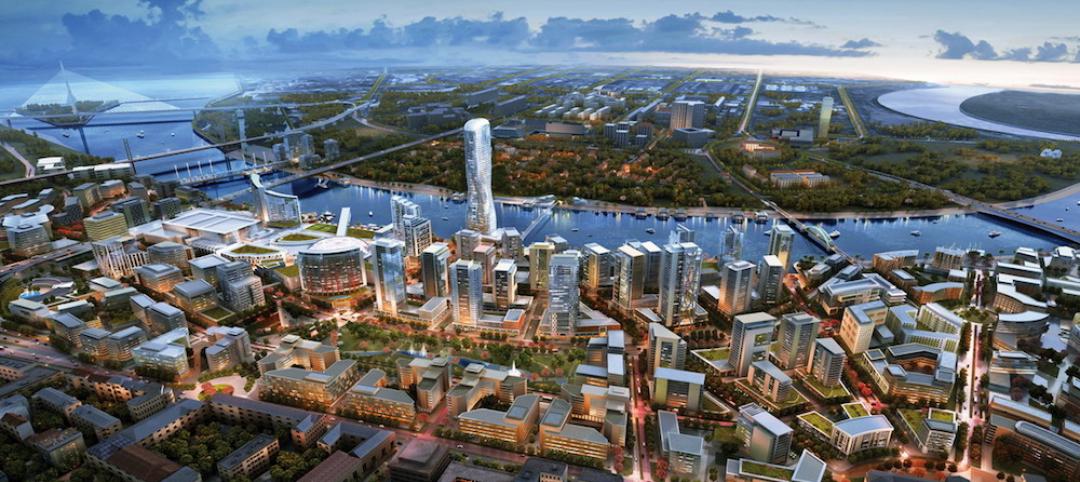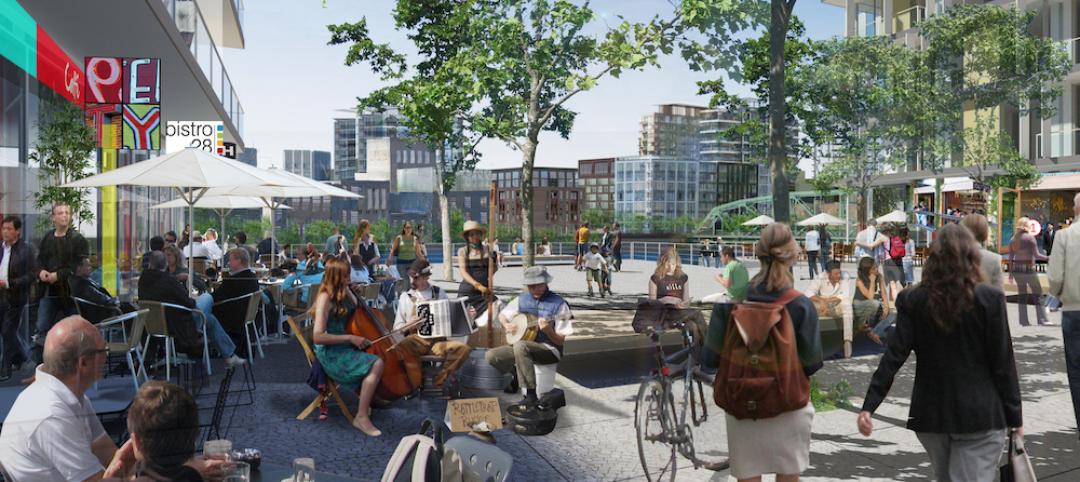Philadelphia will soon be getting its own version of New York’s popular High Line park as construction on the first phase of The Rail Park will begin by the end of the current calendar year.
The project will transform the tracks of the old Reading Railroad into a 25,000-sf linear park. The park will have green space, lighting, walking paths, and benches and cost $10.3 million to build.
The park is expected to spur new development in the surrounding areas in the same way economic development has sprung up along the High Line. The first phase of the transformation will focus on improvements in the 1200 block of Noble Street and the viaduct bridges up to Callowhill Street. This phase is expected to be completed by early 2018.
When completed, The Rail Park will stretch for three miles across 10 neighborhoods and 50 city blocks. It will run underground and overhead and be divided into three separate sections: the Viaduct, the Cut, and the Tunnel. The first phase is where the Viaduct meets the Cut. Construction will work outward and onward from there, according to the park’s official website. When completed, the park will connect Fairmount Park to Center City.
Phase one is almost completely funded thanks to a $3.5 million grant from the state. More funds still need to be secured before construction begins, but officials are confident the project will meet its requirements before 2017.
 Rendering courtesy of The Rail Park
Rendering courtesy of The Rail Park
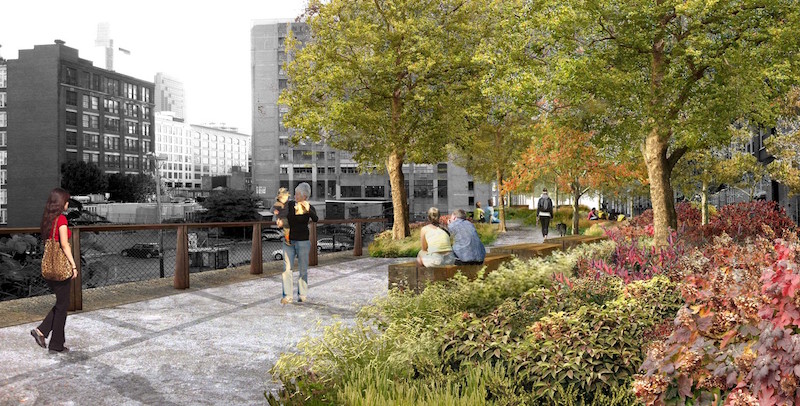 Rendering courtesy of The Rail Park
Rendering courtesy of The Rail Park
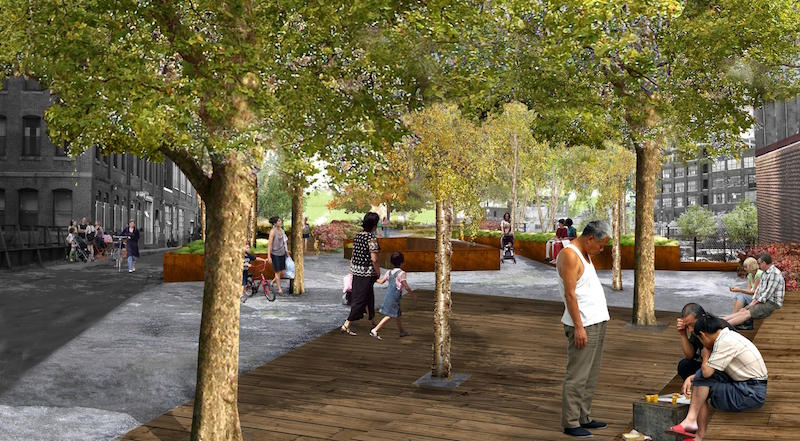 Rendering courtesy of The Rail Park
Rendering courtesy of The Rail Park
 Rendering courtesy of The Rail Park
Rendering courtesy of The Rail Park
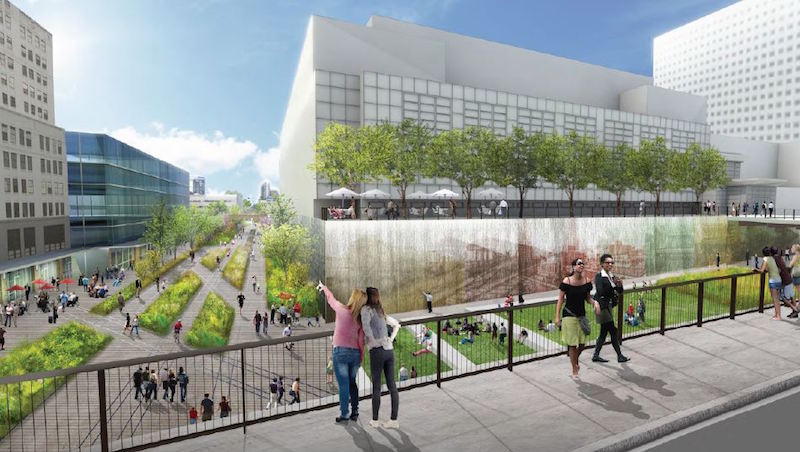 Rendering courtesy of The Rail Park
Rendering courtesy of The Rail Park
Related Stories
Urban Planning | Jul 13, 2016
'Shore to Core' competitions envision future waterfront cities
Design and research teams will use West Palm Beach, Fla., as their model.
Urban Planning | Jul 7, 2016
Y Combinator project would build new city using new technology, urban policies
Zoning, property rights, building codes all could be re-imagined.
Urban Planning | Jun 15, 2016
Swedish ‘Timber Town’ proposal from C.F. Møller provides a unique blend of nature and city
The development acts as a transition area between a traditional urban landscape and parklands.
Movers+Shapers | Jun 10, 2016
URBAN EVANGELIST: Bruce Katz sees America humming again, city by city
Katz, best known as Co-director of the Brookings Institution's Metropolitan Policy program, believes that cities are dynamic networks of like-minded public and private interests that have the potential to generate economic growth.
Urban Planning | Jun 9, 2016
Triptyque Architecture designs air-cleansing hanging highway garden in São Paulo
The garden would filter as much as 20% of CO2 emissions while also providing a place for cultural events and community activities.
Urban Planning | May 31, 2016
Vancouver park board approves final design for urban park
The green space is intended to be a recreation area for a busy part of downtown.
Urban Planning | May 31, 2016
The entire Swedish city of Kiruna is being relocated to prevent it from collapsing into underground iron mines
Kiruna, the northernmost city in Sweden, and its 20,000 residents will be moved two miles to the east by 2040.
Urban Planning | May 23, 2016
Developer acquires 62 acres of vacant land in Chicago
Related Midwest will turn the strip that connects the South Loop to Chinatown into a neighborhood with homes, stores, and offices.
Urban Planning | May 20, 2016
Why people are the most important factor in urban regeneration
What makes large-scale urban regeneration projects successful? CallisonRTKL's Edgar Kiviet explores how cities, particularly those in Eastern Europe, are undergoing a transformation.
Urban Planning | May 16, 2016
5 steps to creating high-performance communities
Perkins+Will's Noah Friedman and Kristen Hall break down the essential ingredients to create a neighborhood that's accessible, comfortable, and vibrant.


